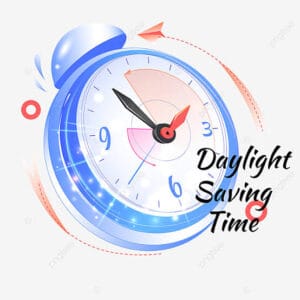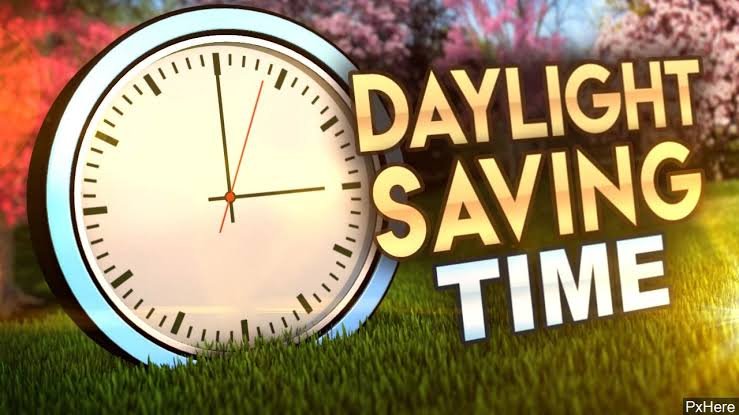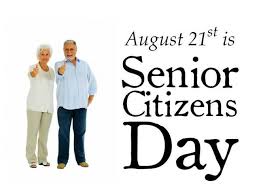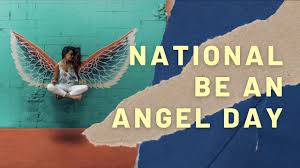Daylight Saving Day – November 6, 2022, history, significance
Daylight Saving Day, occurring this year on November 6, is officially the end of the Daylight Saving period which began on March 10. This means that not only do you get an extra hour of sleep, but it will also become darker earlier in the afternoon. Brace yourself, winter is coming.
HISTORY OF DAYLIGHT SAVING DAY

Though civilizations have been changing their clocks to match the rise and setting time of the sun since ancient Rome, the modern Daylight Saving concept wasn’t proposed until 1895 by New Zealand entomologist, George Hudson. He presented his study to the Wellington Philosophical Society proposing a two hour daylight saving shift. He followed up with a 1898 paper after considerable interest was expressed from the city of Christchurch.
However, many publications and historians credit Daylight Saving to English builder and outdoorsman William Willet, who came up with his own solution in 1905 when he observed how many Londoners slept through a large part of a summer’s day.
Two years later he published his proposal to advance the clocks an hour ahead during the summer months. Robert Pearce, a Liberal Party member of parliament, took up the proposal and introduced the first Daylight Saving Bill to the House of Commons on February 12, 1908. However the bill did not become law, with several other bills failing in the following years.
Port Arthur, Ontario was the first city in the world to enact a Daylight Saving Time on July 1, 1908. Orillia, Ontario soon followed in the city’s footsteps. Austria-Hungary and the German Empire adopted Daylight Saving Time on April 30, 1916 to conserve coal during wartime. Britain, its allies, and other neutral European nations soon followed suit.
Russia and a few other countries waited until the next year, and the U.S. adopted the concept in 1918. When the war ended, many lawmakers abandoned Daylight Saving with the exceptions of Canada, the UK, France, Ireland, and the parts of the U.S. It became common again during World War II and was widely adopted in America and Europe in the 1970s as a result of the energy crisis.
DAYLIGHT SAVING DAY TIMELINE
1895
George Hudson’s bugs
Entomologist George Hudson develops the first proposal for Daylight Saving to have more after-work hours of daylight to collect his bugs
1908
An English summer
William Willet publishes his proposal to advance the clock during the summer months after observing how many people slept through a large part of a summer’s day
1914-1918
World War I
Participating war countries, and some neutral nations, adopt Daylight Saving Time in order to save coal and other resources.
1970s
Energy crisis
The United States and Europe widely adopt Daylight Saving Time in order to conserve energy.
DAYLIGHT SAVINGS DAY TRADITIONS
The main tradition is that the clocks go back. Most of us are sound asleep when this happens and then change our clocks when we wake up. While the clocks on our smartphones alter themselves, we have to go around the house and manually update those clocks that need doing.
DAYLIGHT SAVING DAY ACTIVITIES
Cook a big breakfast
Whether it’s your body’s natural alarm clock or the annoying one on the nightstand, you’ll wake up one hour earlier than usual. While you could use this hour to snooze, why not make the most of it? Spending the time to cook a big breakfast that breaks from the norm is a great way to create a new tradition.
Get that extra hour of partying
Many bars around the country take full advantage of the extra hour that comes just before closing time. Find a bar that celebrates turning back the clock by offering drink specials, and revel in the fact that you have one more hour before you’re getting kicked out.
Get outside
Early November is a great time to see the leaves change and feel the crisp air roll in. You’ll be up early anyway, so maybe this is your opportunity to go for an early morning walk or hike. Bring your family or reflect on a stroll by yourself, but whatever you do, don’t let that extra hour of life pass you by!
WHY WE LOVE DAYLIGHT SAVING DAY
It helps us take advantage of sunlight
Many countries initially instituted Daylight Saving Time as a way to more efficiently use daylight, which was especially important in pre-electricity days. Whether it’s for work or play, adjusting official times means we take a daylight hour from one part of the day and place it somewhere else — something anyone can be happy about.
It spares us from artificial light
It may sound overly simple, but just being outside and absorbing Vitamin D from the sun can have a strong effect on our mental health. Also, some studies have shown that Daylight Saving lowers our electricity demand.
It’s safer than the dark
There have been several studies done to determine the effect of Daylight Saving on road safety. Some have concluded that changing our clocks improves road and pedestrian safety between dawn and dusk hours by 13%. One study even found the rate of robberies falls slightly in the first weeks after Daylight Saving goes into place.
Sandeep Raiza — Content Writer, Website Designer, SEO Strategist, and WordPress Expert AI specialist delivering impactful digital solutions that drive business growth.Combining creative storytelling with technical expertise.




